On a relative basis, catastrophe bonds have rarely presented a more compelling investment opportunity than today, as despite spreads having tightened somewhat the cat bond asset class diversification offering can be at its strongest when other assets like equities are overvalued, fund manager Icosa Investments has said.
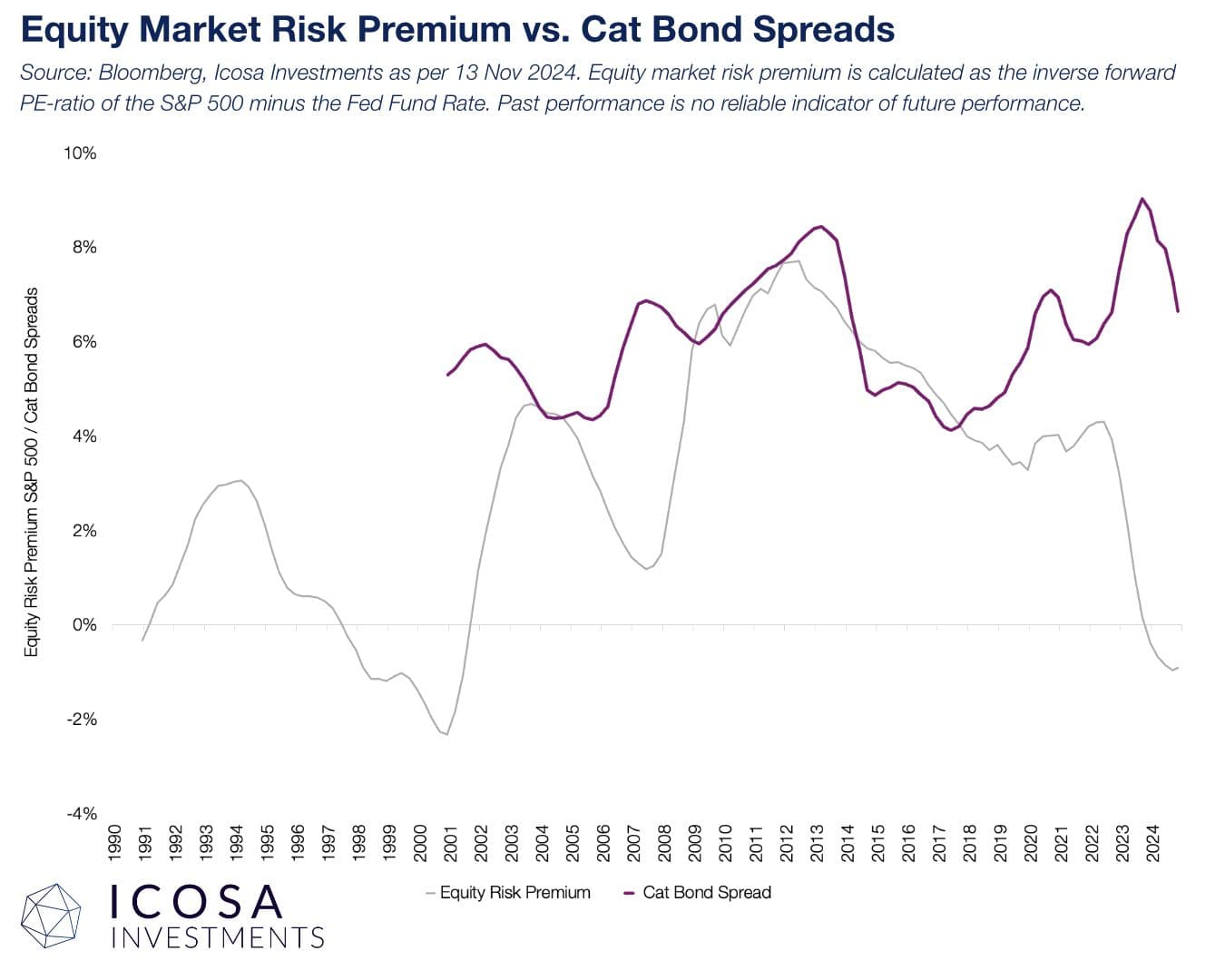 Previously, the investment manager has explained that with catastrophe bond spreads remaining at historically elevated levels, it sees an attractive entry point to the asset class for investors.
Previously, the investment manager has explained that with catastrophe bond spreads remaining at historically elevated levels, it sees an attractive entry point to the asset class for investors.
In its latest insight, specialist cat bond fund manager Icosa Investments has explained further reasons why it sees catastrophe bonds as a particularly compelling alternative asset class at this point in time, highlighting their diversification benefit and how that may be sought out at times of perceived overvaluation in other asset classes.
Broader financial markets have been in flux, while there remain concerns over the potential for rate cuts and where inflation may head, but at the same time equity markets have ripped on the back of the US election. Many see this as a volatile time for the average investor and institution.
Which means diversifying sources of return remain in high-demand and alternatives like cat bonds are increasingly sought out, while investors navigate the broader markets.
Icosa Investments said, “While it’s true that cat bond spreads have tightened, investors should keep a key seasonal factor in mind: with the hurricane season ending soon, the risk in the cat bond market will reach its annual low. This is simply because the likelihood of hurricanes during the winter months is minimal.
“But timing an entry into cat bonds isn’t just about seasonal risk. The optimal moment to add cat bonds to a multi-asset portfolio isn’t necessarily when they’re most attractive in isolation, but when other markets – like equities – are overvalued, and the need for diversification is greatest.”
The investment manager shared the chart below, that plots the equity risk premium (inverse of the S&P 500 PE ratio minus the Fed Funds Rate) against cat bond spreads.

“The result? Cat bonds have rarely been more compelling on a relative basis,” Icosa Investments concludes. Adding “For investors seeking uncorrelated returns and diversification in today’s environment, cat bonds offer a great opportunity to reduce drawdown risk.”
Florian Steiger, CEO of Icosa Investments, further explained, “Higher spreads are always appealing – who wouldn’t want to earn more? But for sophisticated investors, the true value of cat bonds lies in their ability to help protect portfolios from losses elsewhere.
“In today’s environment, with equity markets experiencing an incredible rally, it’s an ideal moment to consider diversifying into assets that are uncorrelated to traditional markets.
“Cat bonds serve precisely this purpose. They offer diversification benefits and resilience, regardless of where spreads stand. And speaking of spreads: They remain highly attractive!”
Another factor that makes catastrophe bond investments compelling at this time is the fact that, with the US hurricane season drawing to a close for the year the seasonality-adjusted expected loss of the outstanding market is now at a particularly low level.
Icosa Investments analysed this and found that, at this point in time, the adjusted expected loss of the market sits as low as it has done since late 2016 to early 2017.
At the same time, the risk spread of the outstanding cat bond market remains historically attractive as well, making for a strong access point to the market.
Icosa Investments said, “One of the key aspects to understand when investing in cat bonds is the seasonal fluctuation in risk levels. This fluctuation is driven by meteorological patterns, which determine when specific perils are most likely to occur. A significant portion of the cat bond market is exposed to US hurricanes, meaning that risk levels for these bonds are considerably lower in the winter compared to the peak hurricane season, which runs from July to mid-October.
“With the hurricane season behind us, the annualized risk levels across the cat bond market are not just at their lowest for the year – they are at their lowest in recent times. For investors seeking to take advantage of this unique asset class, there’s no better moment to explore the market than today.”



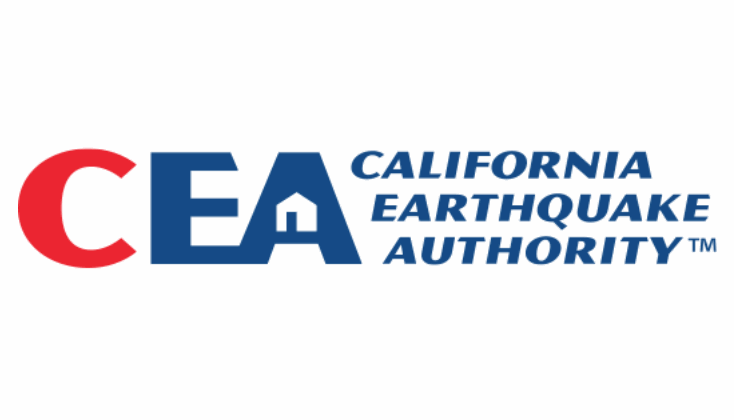



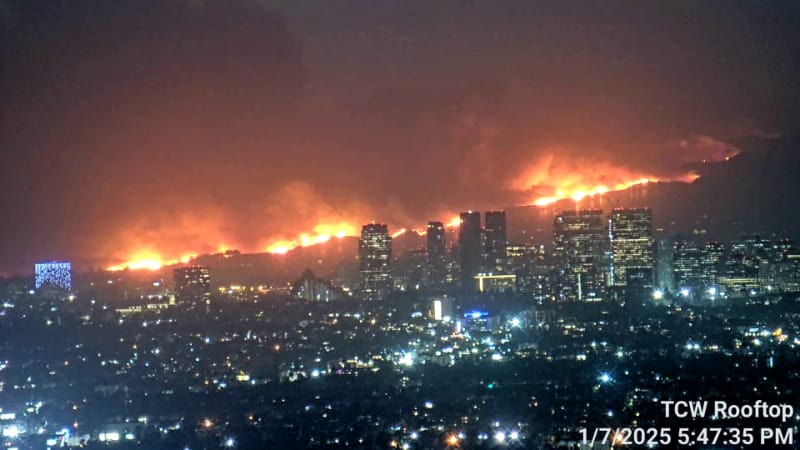

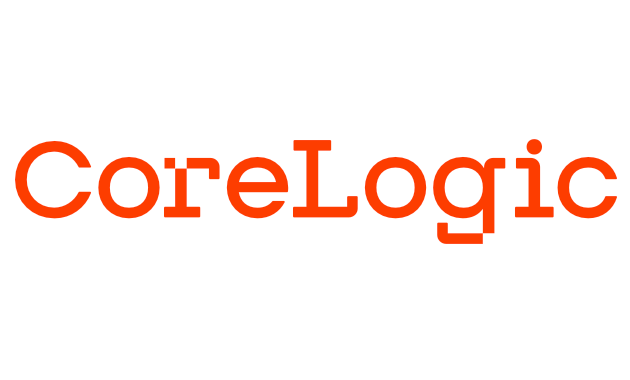
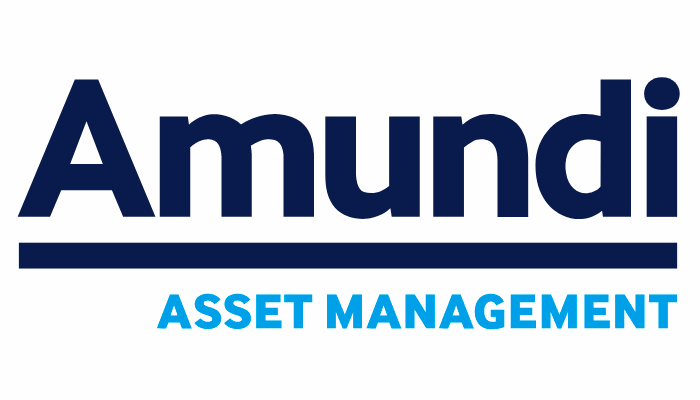

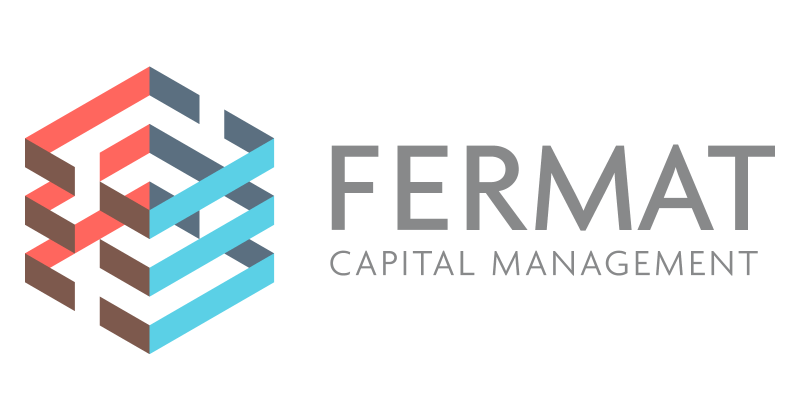








 English (US) ·
English (US) ·